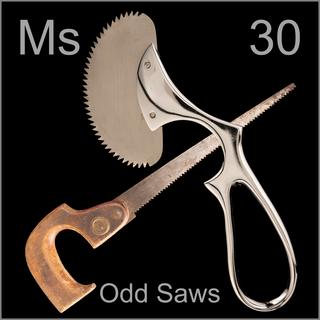 |
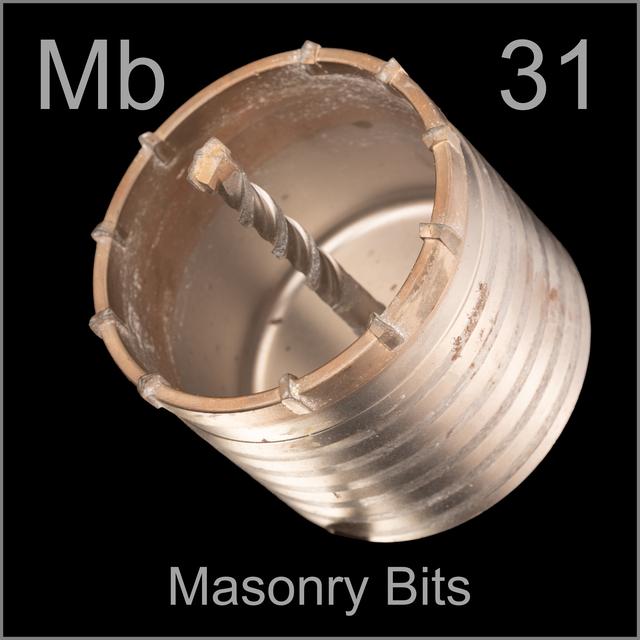
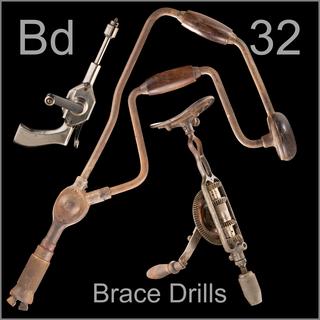 |
Leave a comment below! Or click on an individual tool to see more or leave a comment about that tool. |
|
 |
|
 |
| The cutting end of a bit meant for a hammer drill looks quite similar to an ordinary masonry bit. The tungsten carbide insert may be a bit thicker. |
 |
| A long bit like this is good for drilling through 8 inch (200mm) cinderblock walls. |
 |
| Long SDS masonry bit. |
 |
| Very long SDS masonry bit. |
 |
| Masonry bits tend to be longer than bits meant for steel, because a lot of people have 8-inch (200mm) thick concrete, brick, or cinderblock walls, but very few people have 8-inch thick steel walls. |
 |
| Long masonry bit. |
 |
| Drilling through glass or fine-grained porcelain calls for a tungsten carbide spear-point drill. They come in two-flute and four-flute varieties. |
 |
| These bits are optimized for cutting glass or fine-grained porcelain. |
 |
| Masonry bits come with widely different styles of flutes. |
 |
| Masonry bits rely on a chunk of extremely hard tungsten carbide brazed to the tip of a steel shank. |
 |
| Carbide Glass Drills |
 |
| 4-flute glass cutting bit |
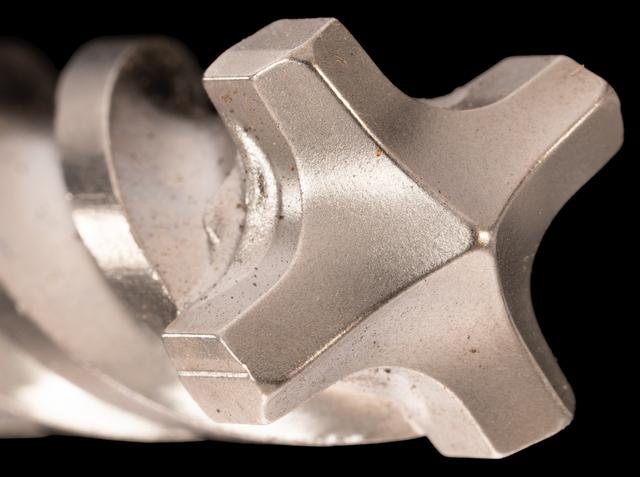 |
| This expensive tungsten carbide bit is designed to cut through concrete with embedded reinforcing bars (typically ½” - ¾”, 12-18mm, thick steel). For steel you want a sharp bit, for concrete you want a blunt bit, so this is a tough combination to get through. |
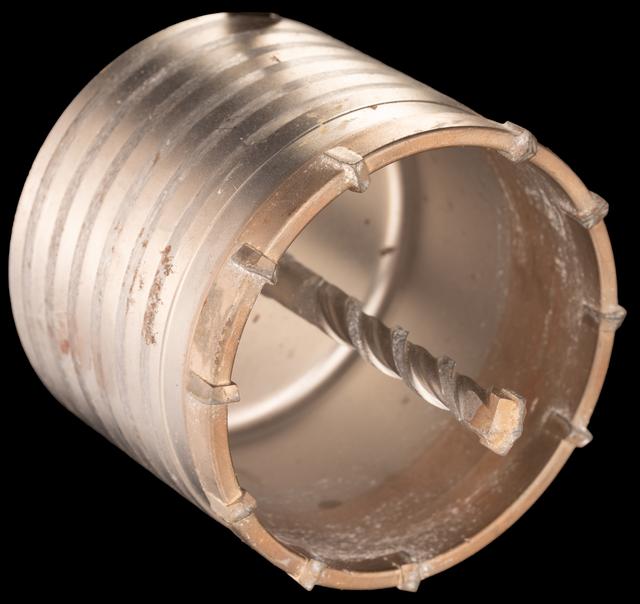 |
| I got these ordinarily very expensive carbide-tipped hole saws at an auction. This was fortunate because shortly thereafter I needed to drill a sizable hole through the very hard bricks on my house. |
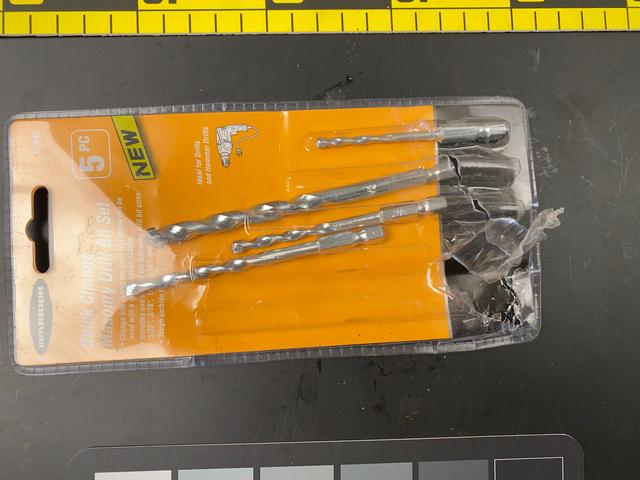 |
| Every home should have a few of these masonry bits. |
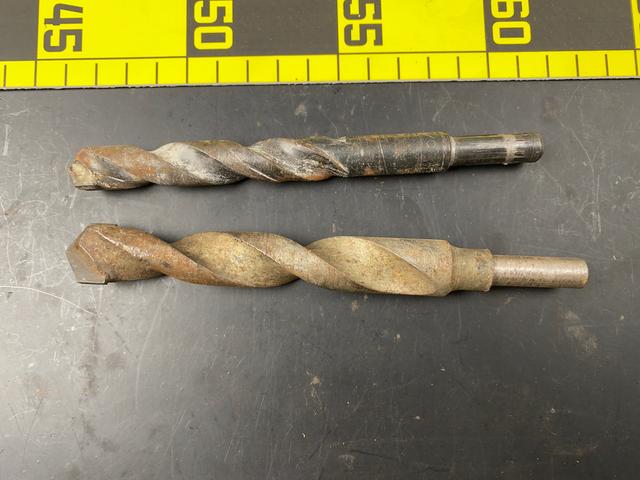 |
| Masonry Bits |
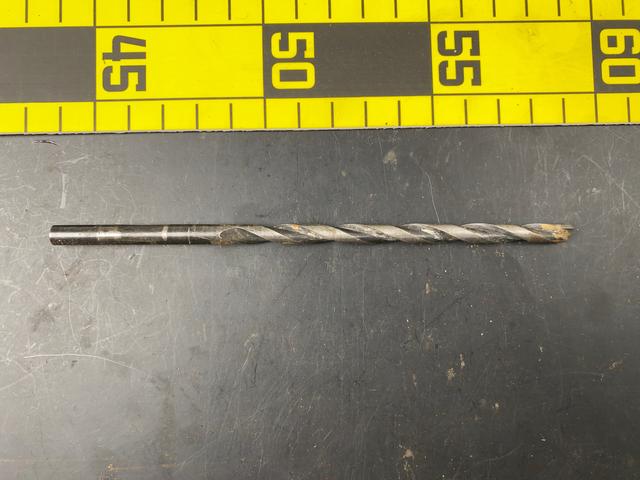 |
| Even though concrete is very hard, drilling it actually takes less force than cutting steel, because you can chip away at it a bit at a time. A huge bit like this can be driven by a small, handheld electric drill (note the small diameter shank). |
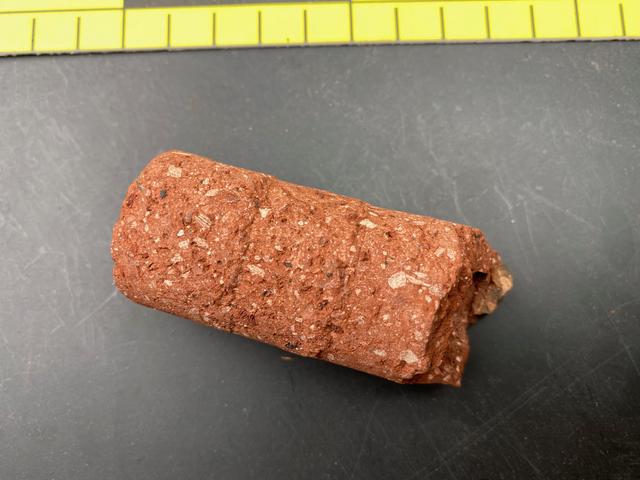 |
| This is the core left after drilling a hole through a brick on my house using a carbide-tipped hole saw. |
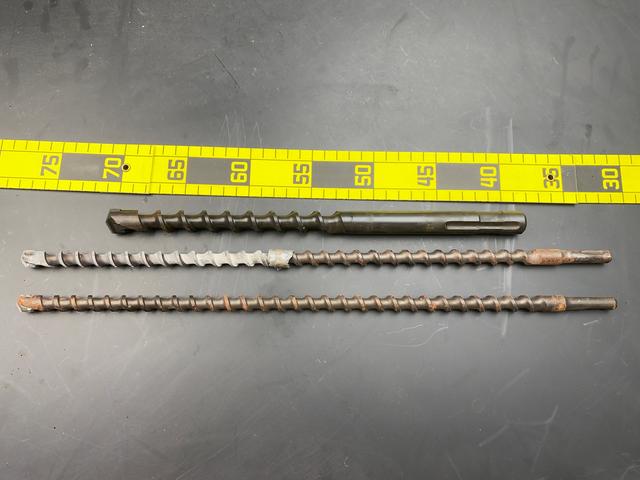 |
| Long masonry bits. |
Do you have a better example of this kind of tool? Let me know by leaving a comment, and include a picture of it if you can so everyone can see!